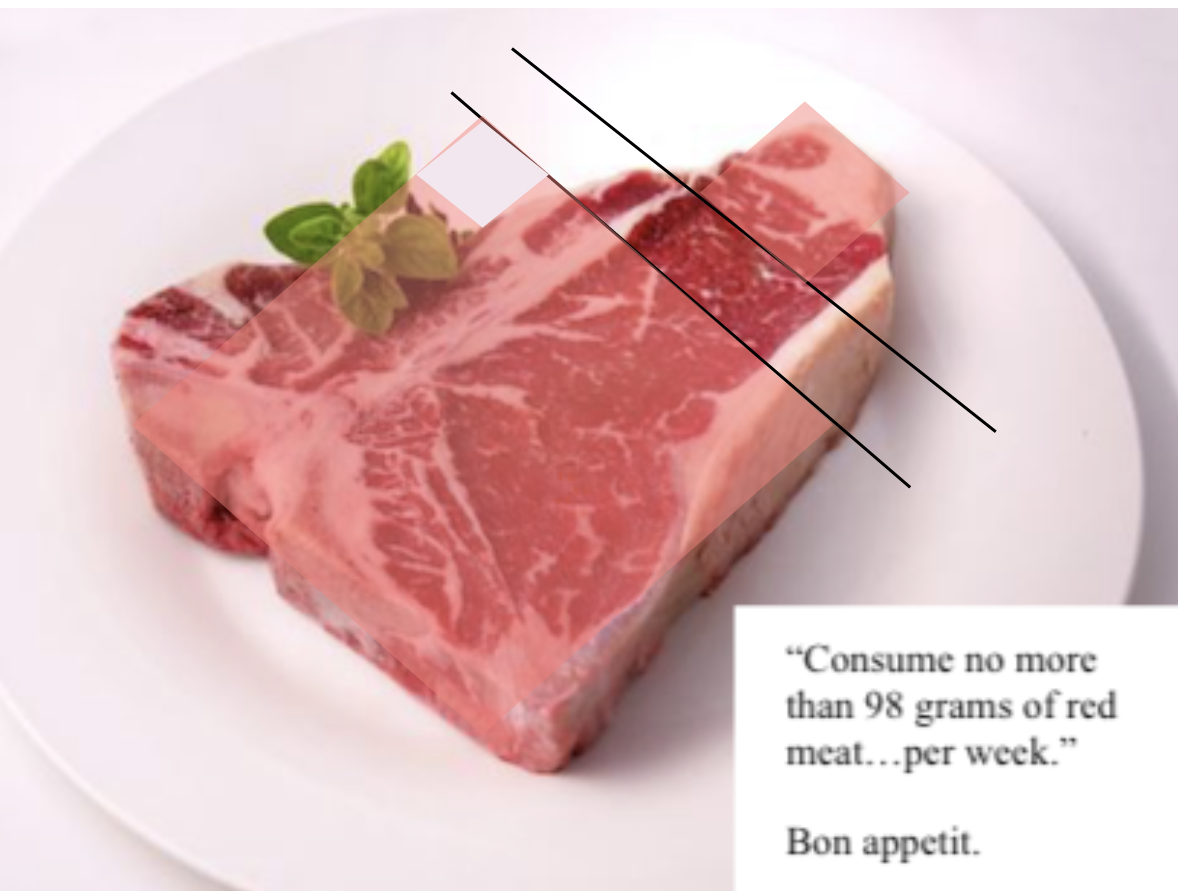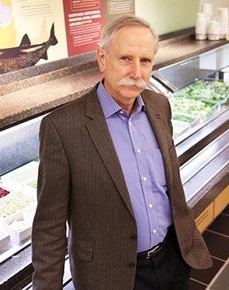Ferdinand I. Charm, Piltdown, UK
The bizarre behavior of the medical nutritional establishment in recent years has caused critics to see an analogy with the Federal government. The so-called “invasion” of low-carb researchers across the borders of traditional medicine has caused a strong backlash which, in turn, has led to accusations of a breakdown of style and even financial misdeeds. A key issue was a paper by Sarah Seidelmann, MD, a cardiologist with no apparent experience in nutrition, and her coworkers at Harvard School of Public Health and the associated Brigham and Women’s hospital. The article claimed that the increasingly popular low-carbohydrate diets were actually life-threatening. Apparent communication between the authors and a Norwegian-based vegetarian pressure group called EAT-Lancet raised questions about foreign influence and led to investigation by the so-called Moola Committee. The committee was concerned that Dr. Walter Willett of Harvard, one of the authors on Seidelmann, et al., was also a co-chairman of a recent EAT-Lancet commission and had been present at various meetings with foreign nutritional powers. It was revealed today, however, that the Moola Investigation did not find evidence of collusion with Norway or other nations.
Willett is a widely respected nutritionist and co-developer of the Hu-Willett theorem: for any diet and any disease state, there exists at least one finite set of confounders such that the diet can be shown to cause the disease.
Seidelmann, et al. was generally considered to be a reflection of the long-standing attempts of the medical establishment to build a wall to keep low-carbohydrate diets from patients with diabetes and obesity. The authors denied such hostile intent and emphasized the fundamental scientific importance of their publication. “This work provides the most comprehensive study of carbohydrate intake that has been done to date,” was the description by the principle author, another cardiologist, Scott Solomon, MD. Writing in social media in a style that has come to be called Presidential, Solomon explained: “It’s a really terrific study. You’re gonna’ love it. Nobody’s ever done a better study. It’s terrific.” The Moola committee considered that this was not accurate and the study was really obstructing investigation into the real science.

The issue was not carbohydrate intake — none was measured. In fact, no low-carbohydrate diets were studied at all. The data were extracted from a different study about atherosclerosis. There was, however, a comprehensive questionnaire about what subjects had been eating at two time points many years apart. The results were quite surprising in that low-carbohydrate diets and high-carbohydrate diets were a risk. It seems only the 50 %. level characteristic of the US population diet during the obesity epidemic was beneficial. This paradoxical recommendation, not to change anything, in combination with the failure to cite major benefits of carbohydrate restriction in the literature, was further evidence of obstruction, however passive.
The website says that “EAT is a bite-sized organization with an outsized appetite for impact,” reflecting the sense of humor for which Norway is famous. Among the insights: “Packing leftovers into lunch boxes, using them in new creative recipes or keeping them for future consumption is good for the planet.” The EAT-Lancet commission explains that it is flexible in its recommendations “There is something for everyone across price ranges, cultures, age groups and individual preferences” although it is important “to consume no more than 98 grams of red meat (pork, beef or lamb), 203 grams of poultry and 196 grams of fish per week.”

The Moola investigators were concerned that Willett’s presence on the EAT-Lancet governing board might be a conflict of interest. That authors are charged $ 5,000 to publish in Lancet Public Health also raised questions about financial impropriety. Because the study was funded by the NIH, it seemed that American tax payers were giving money to a pressure group whose roots appear to be in foreign countries.

In the end, the Investigation knew some bucks were involved but couldn’t figure out what had happened at all but decided it wasn’t collusion. They couldn’t understand, though, how the Lancet, supposedly an independent medical journal could be tied to a political lobby group and worried that this might represent obstruction of science. This was the general reaction in the scientific community and wits on the internet suggested the journal change its name to Slants-it.
Dr. Richard Feinman of SUNY Downstate Medical Center, author of the expose Nutrition in Crisis, was one of many critics who claimed that the Seidelmann paper could not have received peer review. He was told by Dr. Audrey Ceschia, editor of Lancet Public Health that he simply did not understand the contemporary concept of Editor-Based-Medicine.
“These kinds of epidemiological studies with such low relative risk values are, of course, meaningless,” Feinman said. The relative risk for “low-carb” vs. control was so close to 50-50 that, as he further explained: “it means just what fifty per cent chance of rain, means. It means you know just what you knew before you turned on the radio.” Oddly, Feinman took a positive point of view of things: “overall the low-carb-deniers have done a good job. Science is a human activity and so there are no precise definitions, but a good start: ‘What you do in science is you make a hypothesis and then try to shoot yourself down.’ So the obsessive compulsive mission of the medical establishment to find something, anything, wrong with low-carb diets and their failure to come up with any risk, anything at all, means that low-carb diets are about the healthiest change you can make in your life-style.” Of course, there are always individual exceptions. Recently, after fifty years of scientific studies of low-carb diets without significant side-effects, a couple of unnamed, unidentified women were reported to have said — not a scientific study — that their low-carb diet gave them vaginal odor. The low-carb-deniers grabbed their story and it was blown all over the media including serious outlets like Forbes. (No women were identified and the story appears to have been invented by Edelman, a public relations firm although their client remains unknown).
The Moola Investigation is reportedly considering other potential obstruction of science cases. There is a consistent pattern, according to the investigators. to bring back “concerns” about health which have been widely discredited. Most recently, and most charming for its retro style, eggs and cholesterol, have come out of retirement following reports from yet another 50 % chance of rain study. Other likely attempts are to bring back the food pyramid which will now be used to store ever more whole grain.
In a story in The Guardian, Seidelmann said “the team had published a substantial body of work ‘to thoroughly answer a question and not simply provide just one piece of the picture.’” Feinman admitted that it was the most substantial body of work on low-carbohydrate diets that did not study any low-carbohydrate diets.
All are eager to see the final Moola report.

